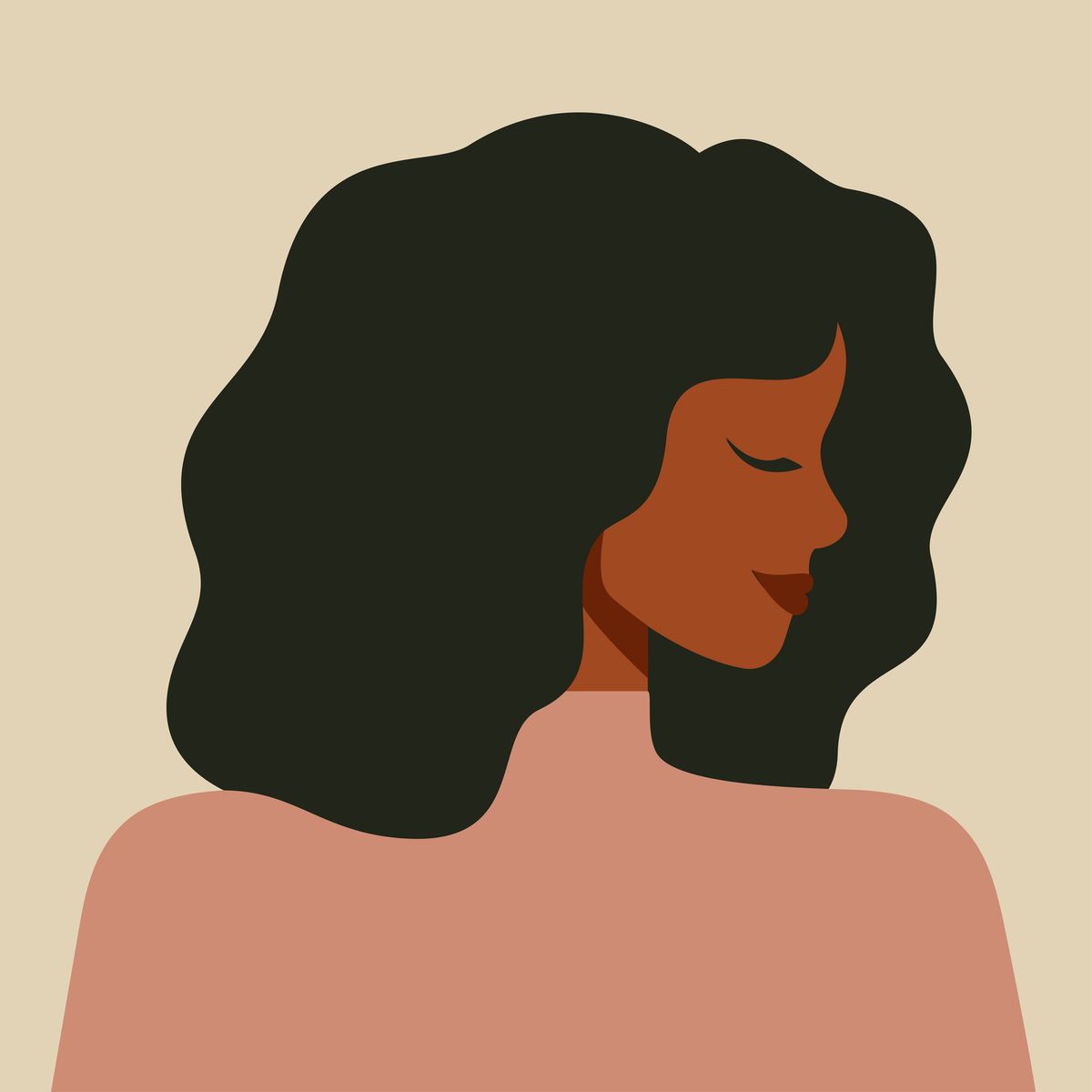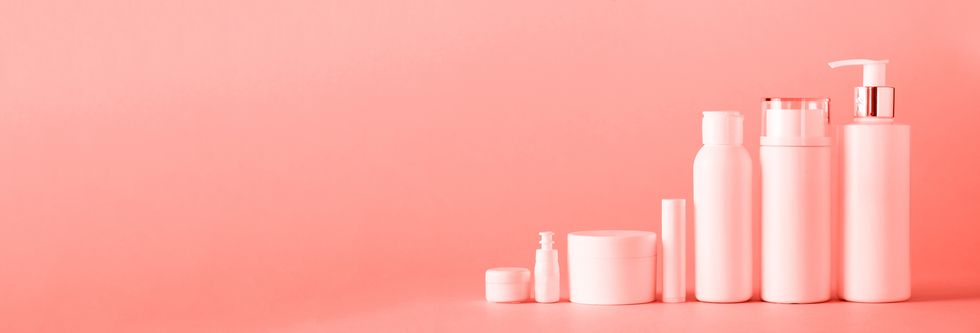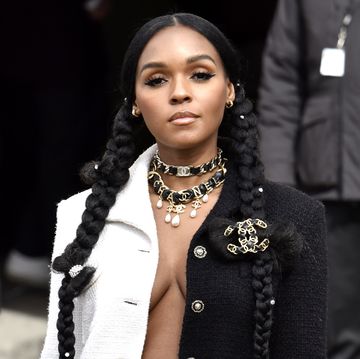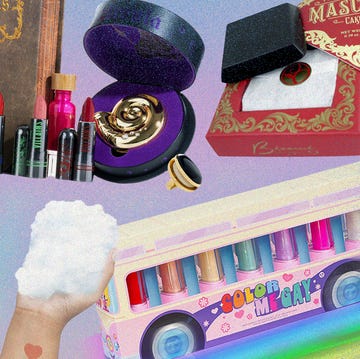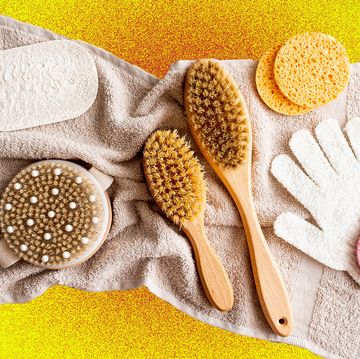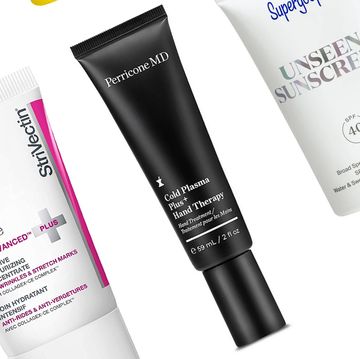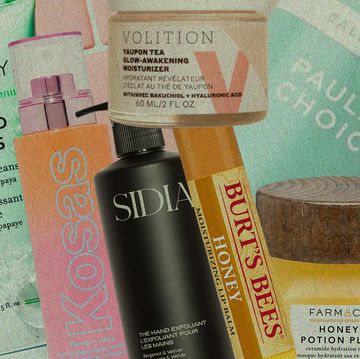At the tender age of nine, I learned my skin color was both attractive and repulsive. At the time, I was living in Europe. I’m the child of young black parents from the South Bronx, and my father enlisted in the military, so our family moved around the world when I grew up. Some of the local children in the U.K. loved to touch my face and hair, while others called me “jungle bunny”. My lighter-skinned black friends, from our talks, didn’t encounter the latter insult, which was confusing. I thought we were all the same, but being light was apparently more appealing. I decided at a young age that I wanted another skin tone to better blend in my environment.
When I moved back to the U.S. at the age of 13, I still didn’t quite understand colorism as it’s defined now. I thought my experience abroad was a one-off. But after we moved to a military base in upstate New York, I began to get super self-conscious about my skin color. It was like a club where those with less melanin were in finer favor with each other and the world. I never discussed this with my mother. Instead, I watched as she’d apply foundation to her face that looked shades lighter than her neck and body. I wish I could say that I grew out of my desire for lighter skin, but I carried it well into adulthood.
Acne. Scars. Dark and light spots on my face. I didn’t feel beautiful and couldn’t understand why my skin wasn’t an even tone. Time in front of the mirror meant constantly comparing myself to my white or lighter-skinned friends and celebrities.
What started as a quest to rid myself of these scars grew into an intense desire to lighten my whole complexion. It’s no surprise, given in the African-American community there's more and more pressure to lighten up. Madame Noire addressed this phenomenon among Hollywood stars and is an example of how darker people of color are still encouraged to reject their natural melanin.
Unable to accept myself, I first headed to the "ethnic" section in stores for over-the-counter fade-cream products like Ambi and Nadinola, promising an “even, natural skin tone”. Caucasian dermatologists would prescribe maximum-strength hydroquinone — which is thought to lighten skin — creams as a “cure”.
My efforts to lighten my skin grew compulsive. I became obsessed with finding and using products that promised to eliminate my uneven skin tone. I'd buy several products, spend way too much money on them, and then would give up and search again if I didn't get immediate results. I also went to an African-American aesthetician specializing in laser facials. She told me it would take as many as 10 treatments and a good deal of money to see any results. It was only when she warned “there could be some burning and scarring” because lasers hadn’t yet been officially recommended for black hues, I was scared off from going full throttle.
My two daughters began to notice I was putting white cream on my face every night.
My girls are what we'd call "mocha" colored, and the eldest has a very distinct birthmark on her face. As she watched me try to bleach my skin, she once asked when she was 10 years old if she should do the same.
I was horrified that I was teaching her to be embarrassed about something she had no control over. Then I realized I was doing the same thing to myself. I could not help that I was born with this skin color. I couldn't beat myself up for having skin that gets easily scarred, but that didn’t mean I stopped using the products.
Years after giving my girls the “black is beautiful” message, I asked my eldest daughter when it was time for her prom if she wanted to wear some cover-up for her acne and her birthmark. I was afraid she was embarrassed about it and wanted to make sure her prom photos came out “right.” She asked me why, then told me “no,” she didn’t want any cover-up because she liked her birthmark. I was proud of her 17-year-old self and left the subject alone. However, my own self-acceptance hadn’t quite kicked in yet.
I started closing the bathroom door so my daughters couldn't see me using these products. But one day, while applying a smelly four percent hydroquinone cream to my face, I woke up. I became fed up with the whole thing and just stopped using the creams altogether. It wasn’t easy at first as I was still looking at other people and seeing the validation for having lighter skin than mine. It took me years to learn that embracing my own skin tone would teach my daughters that they could do the same.
I’ve thought about the messages I must have sent to my own children with all those jars and tubes that I used for so long. Colorism is a problem that has persisted for years, and I’m so glad I chose to talk to my children about it, as it could drastically impact their sense of self and well being. Thankfully, it wasn’t too late for my daughters to do as I said, not as I’d done — they believed my message to them, that black is beautiful. My eldest has recently reassured me she likes herself just the way she is and she’s never been teased. I feel a great sense of relief about that. Now, I can say proudly that all of us are comfortable in our own skin.
Chanize Thorpe is a lifestyle editor and writer, who contributes to national publications and websites. She's based in New York, but considers the Caribbean her second home. Chanize is a proud mother of two daughters, LGBTQIA+ member, and caregiver for seniors, Find her on Twitter @Chanize.
Get Shondaland directly in your inbox: SUBSCRIBE TODAY
